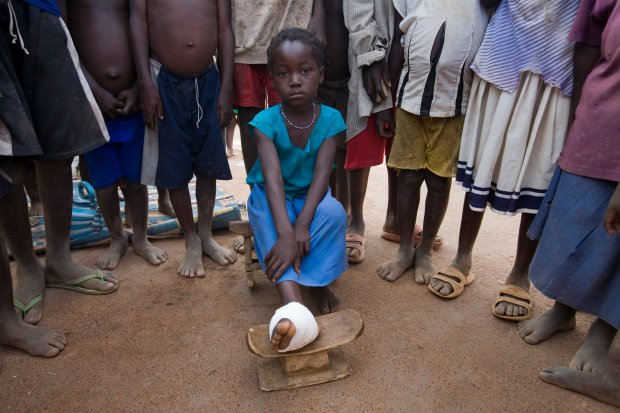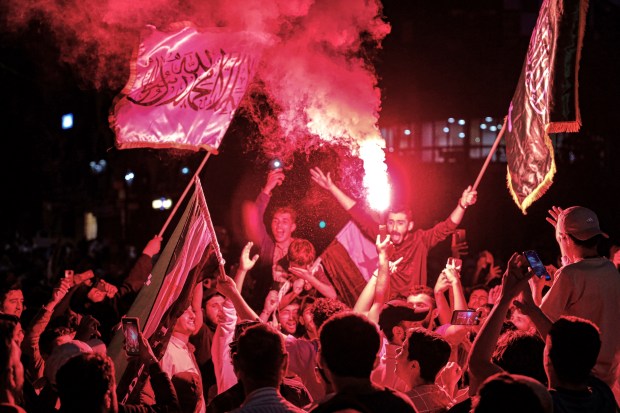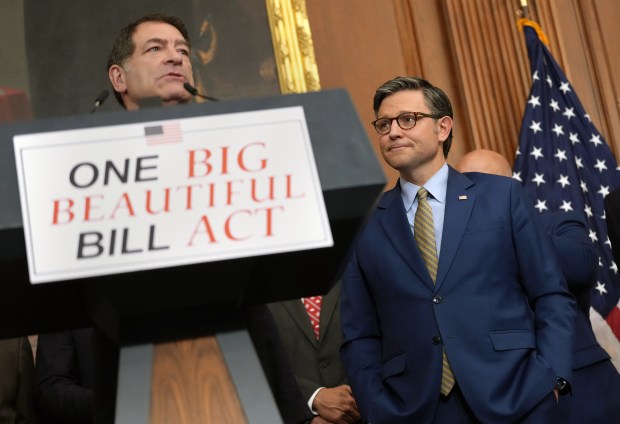Jimmy Carter was a president, a peacemaker, a public health champion — and my friend.
When he left the White House, Carter used the power of his name, character and influence to work on challenges that were too obscure or daunting for others to deal with. I believe he did it because he felt it was the right thing to do. His humble beginnings as a farm boy in southern Georgia helped him relate to the challenges and aspirations of everyday people, respectfully partnering with them to improve their own lives.
I worked closely with Carter as vice president for health programs at the Carter Center and later as special adviser to the center’s Guinea Worm Eradication Program. I traveled with him to various places, mostly in Africa, an average of once a year from 1988 to 2010. Those trips involved long flights and sometimes lengthy rides to remote villages, giving us ample opportunity to talk about everything from birding to boatbuilding to genealogy.
In 2007, we flew separately — he from Atlanta and I from Chicago, where I live — to start a visit to four countries. My flight ran into trouble early and had to return to O’Hare International Airport. It was unnerving. When my wife, Ernie, and I finally arrived in Ghana a day late, Carter greeted me with a big hug.
I suffered a near-fatal heart attack in early 2015. Later that year, I was sitting outside a Carter Center conference room, waiting for a meeting to begin, when Carter and his Secret Service detail strode by on their way to his office. I expected only a wave, but he diverted his course and came over to give me another warm embrace.
The last time I saw Cater and his wife, Rosalynn, was at their 75th wedding anniversary celebration in 2021 in Plains, Georgia. He was frail after a recent hospital stay, but he soldiered on. He didn’t just shake my hand; he kissed it.
Carter’s kindness belied his physical and mental toughness. During our final trip together, to South Sudan in 2010, he and his wife had contracted a stomach ailment in Khartoum, but he pushed through it and attended a series of political meetings in Juba. The next day, we took a very long drive in brutal heat to survey the Guinea worm situation in Terekeka, and he confessed to me, “I would not have been able to do this trip yesterday.”
Carter used his toughness strategically. In 1995, during the Sudanese civil war, I was on the trip when he persuaded John Garang, leader of the Sudan People’s Liberation Army/Movement, to agree to a humanitarian ceasefire. Accompanied by CNN’s bureau chief from Nairobi, Carter presented his truce proposal to a reluctant President Omar al-Bashir. He warned al-Bashir that he was going to announce that Garang agreed to the truce; he gave al-Bashir the option of showing the world that he either agreed to a humanitarian ceasefire or insisted on war. Al-Bashir caved, and together they announced the famed “Guinea worm ceasefire” that night.
Carter and his wife witnessed their first Guinea worm cases during a visit to two villages in Ghana in 1988. “We really need to do more to help these people,” he said. The Carter Center, the Centers for Disease Control and Prevention and UNICEF acted immediately, and a year later, there were almost no cases in those villages. However, by 2006, the Ghana program was struggling. A pumping station in Savelugu had broken down, leaving people exposed to potentially contaminated drinking water, and officials had failed to repair it. Carter was very angry, as was I.
In August 2006, we invited Ghanaian health officials to Atlanta, where Carter questioned them sharply. He warned them that he planned to visit in six months. That lit a fire under them to get the pumping station fixed and reform the program.
Unfortunately, the complacency of 2006 led to a large outbreak in January 2007, with more than 1,000 cases in Savelugu, including many children. Carter witnessed the disaster firsthand the following month. At a news conference, he threatened to rename the disease “Ghana worm.” In 2008, Ghana reduced its cases by 85%. Ghana is now Guinea worm-free.
In 2015, Carter said he wanted to see the last Guinea worm die before he did. That’s not likely to happen, but he’s gotten very close: There were just 14 human cases last year.
I am sorry I won’t get to see his pleasure when we make Guinea worm the second human disease to be eradicated. We’ll keep working and praying to make it happen soon, knowing of his confidence that we will see it through.
Dr. Donald R. Hopkins is a special adviser for Guinea worm eradication and former vice president for health programs with the Carter Center.
Submit a letter, of no more than 400 words, to the editor here or email letters@chicagotribune.com.





